Daeheungsa Temple [UNESCO World Heritage] (대흥사[유네스코 세계문화유산])
16.7Km 2025-09-04
400, Daeheungsa-gil, Samsan-myeon, Haenam-gun, Jeollanam-do
+82-61-534-5502
Daeheungsa Temple, located on Duryunsan Mountain, is said to have been founded by Monk Ado in the 22nd year of King Seong of Baekje. In 2018, it was inscribed on the UNESCO’s World Heritage List as part of the “Sansa, Buddhist Mountain Monasteries in Korea.” Also known as a temple where the spirit of Buddhism for national protection remains alive, Daeheungsa Temple served as the main base for monk soldiers led by Seosan Daesa during the Japanese invasions of Korea. Later, Seon Master Choui, who believed that the truth of the Buddha and the joy of meditation could be found in tea, built Iljiam Hermitage in the valley of Daeheungsa Temple. There, he devoted himself to solitary practice for more than 40 years, earning the temple recognition as a sacred site of Korea’s tea culture. Situated in a wide mountain basin, Daeheungsa Temple displays a unique layout. Geumdangcheon Stream runs through the grounds, dividing the buildings into North and South Precincts. Unlike standard temple layouts, these buildings are arranged freely, creating a distinctive spatial composition. Set farther back behind the South Precinct are the Pyochungsa Shrine, dedicated to Seosan Daesa, and Daegwangmyeonjeon Hall within Donggukseonwon Temple. Among the treasures of the temple is the Rock‑carved Seated Buddha at Bungmireugam Hermitage, designated as a National Treasure. Seosan Daesa Relics Hall houses 24 cultural artifacts, including royal gifts from King Seonjo, such as a jade alms bowl and a jadeite (green jade) alms bowl, along with Seosan Daesa’s calligraphy, sedan chair, shoes, and Buddhist scriptures written in gold and silver.
Haemaru healingsoup (해마루 힐링숲)
16.8Km 2024-12-24
108-35 , Donghae-gil, Haenam-gun, Jeollanam-do
+82-10-2332-6303
Sottitgi (소띳기)
17.2Km 2021-03-26
160-12, Haenam-ro, Haenam-gun, Jeollanam-do
+82-61-533-5580
It is a store specializing in grilled Hanwoo (Korean beef). This restaurant's signature menu is grilled sirloin. This Korean dishes restaurant is located in Haenam-gun, Jeollanam-do.
Wonjo Jangsu Tongdak (원조장수통닭)
17.2Km 2020-02-29
295, Gosan-ro, Haenam-gun, Jeollanam-do
+82-61-535-1003
Wonjo Jangsu Tongdak is a specialty resaturant that has been serving Korean chicken for over 25 years. It is located on the way to Daeheungsa Temple.
Haemulbate Noneun Dak (해물밭에노는닭)
17.2Km 2021-03-26
291, Gosan-ro, Haenam-gun, Jeollanam-do
+82-61-533-5311
A Korean chicken-based course menu is served. This Korean dishes restaurant is located in Haenam-gun, Jeollanam-do. The most famous menu is whole chicken soup with medicinal herbs.
Geomokjang Minbak Lodging (거목장민박)
17.3Km 2024-12-24
63 , Minbakchon-gil, Haenam-gun, Jeollanam-do
+82-61-535-1456
Geomokjang Minbak (‘B&B’) stands at the foot of Mount Doryunsan, Hanam-gun, Jeollanam-do, and is part of Museon Hanok Minbak Village. The hanok’s pillars and rafters are built of old pinewood, and the wooden floors, windows and doors are lined with Korean paper. All 7 rooms have modern bathrooms. In the large tree-shaded yard you can experience bonsai making for a small fee, while beyond the low stone wall are fields and trees. Geomokjang is a good base for exploring Haenam and is on the way to Daeheungsa, a temple with a thousand years of history.
Jinsol Tongdak (진솔통닭)
17.4Km 2021-03-26
262, Gosan-ro, Haenam-gun, Jeollanam-do
+82-61-536-4643
A Korean chicken-based course menu is served. This Korean dishes restaurant is located in Haenam-gun, Jeollanam-do. The representative menu is whole local Korean chicken soup.
Gosugol Garden (고수골가든)
17.8Km 2021-03-26
159-41, Gosan-ro, Haenam-gun, Jeollanam-do
+82-61-536-3525
A Korean chicken-based course menu is served. The best menu at this restaurant is whole local Korean chicken soup. This Korean dishes restaurant is located in Haenam-gun, Jeollanam-do.
Chang Po Go Memorial Hall (장보고기념관)
18.0Km 2021-03-12
1455, Cheonghaejin-ro, Wando-gun, Jeollanam-do
+82-61-550-6930
The Chang Po Go Memorial Hall was constructed to celebrate the achievements and maritime pioneering spirit of Chang Po Go. The hall is an educational tourism space focusing on historical culture. The permanent exhibition hall is divided into four zones that display the life of Chang Po Go.
Hosanjeong (호산정)
18.2Km 2021-03-26
140, Gosan-ro, Haenam-gun, Jeollanam-do
+82-61-534-8844
A Korean chicken-based course menu is served. The best menu at this restaurant is whole local Korean chicken soup. This Korean dishes restaurant is located in Haenam-gun, Jeollanam-do.
![Daeheungsa Temple [UNESCO World Heritage] (대흥사[유네스코 세계문화유산])](http://tong.visitkorea.or.kr/cms/resource/09/1929609_image2_1.jpg)
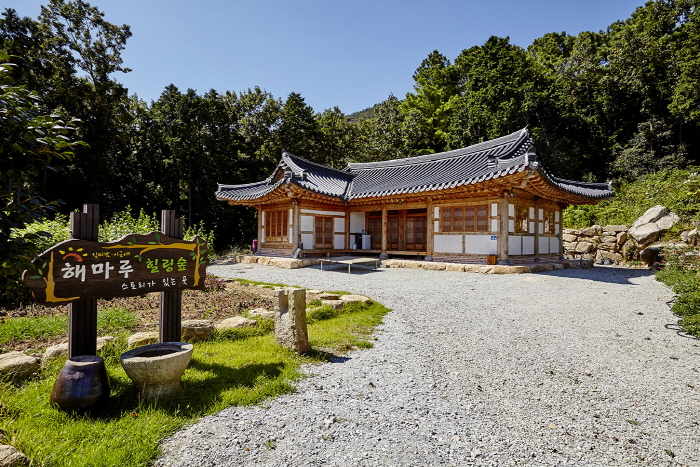
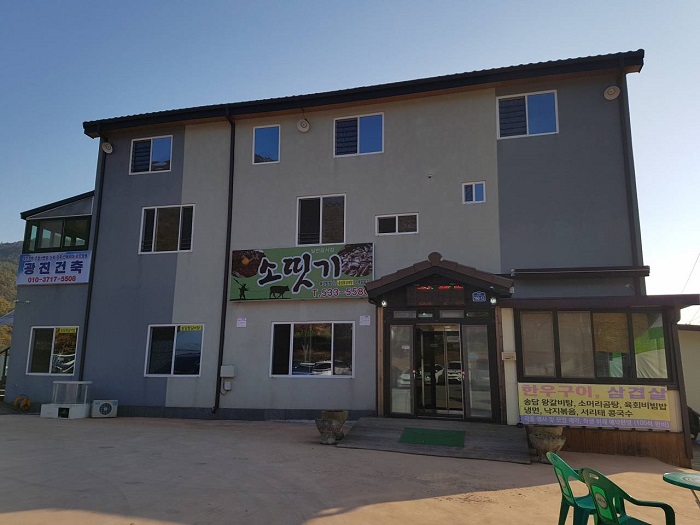
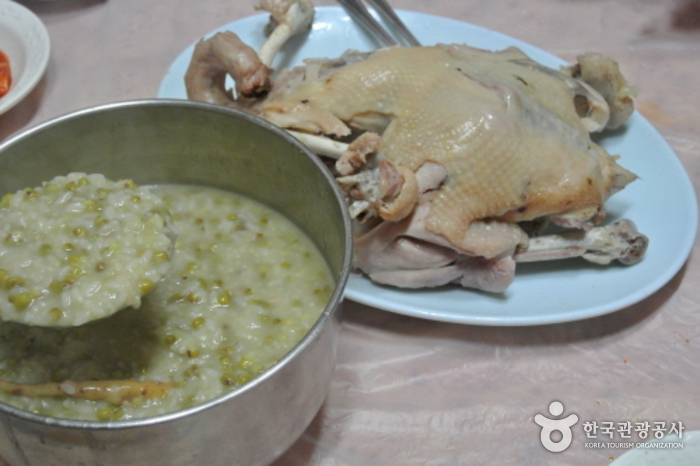
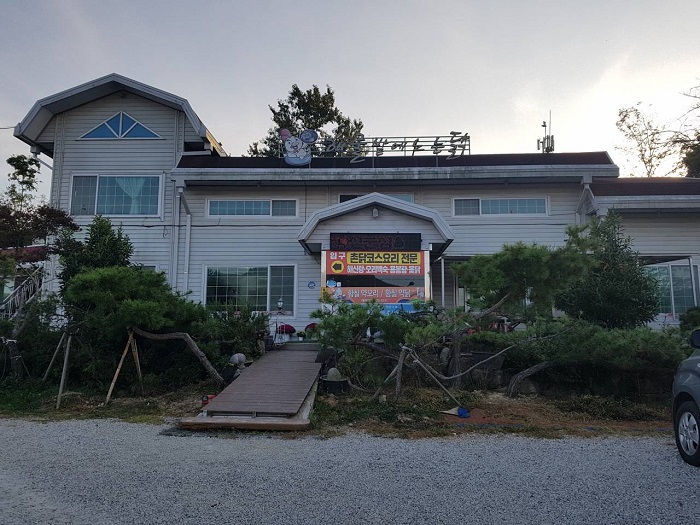
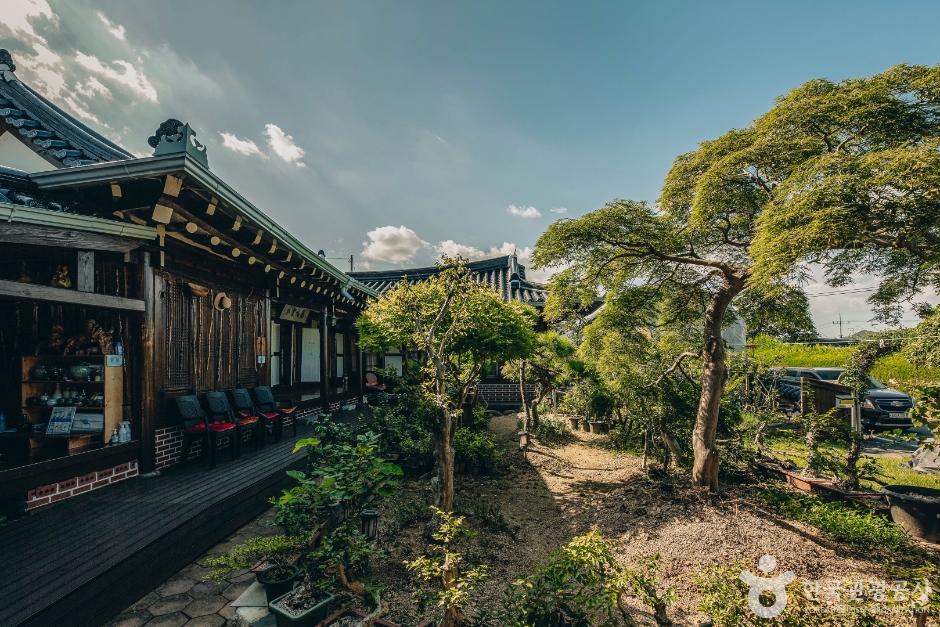
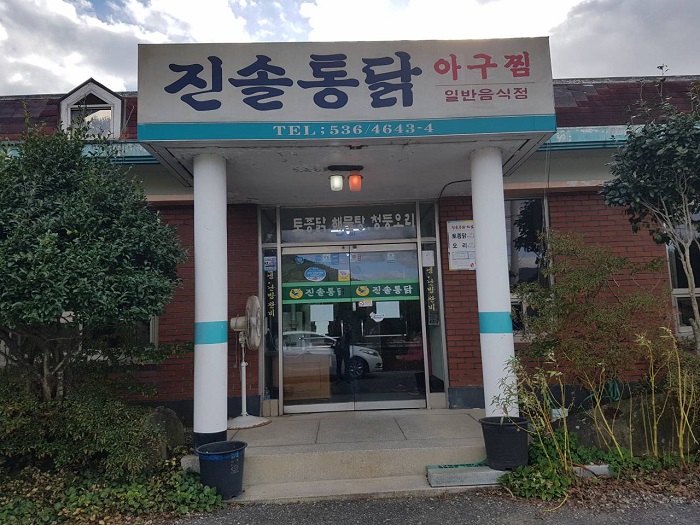
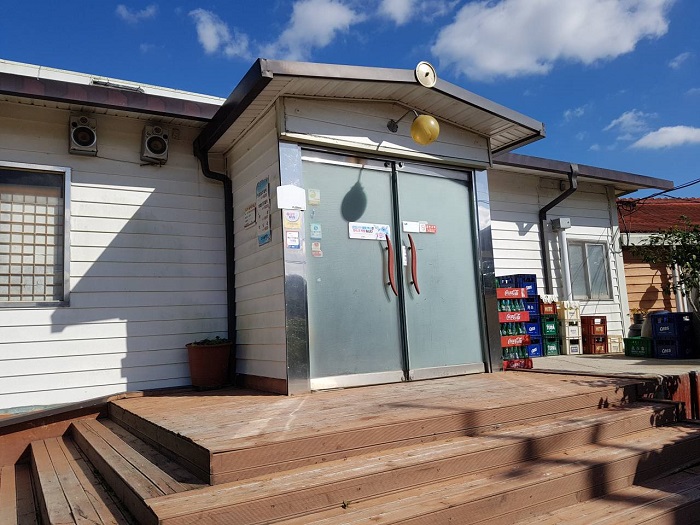
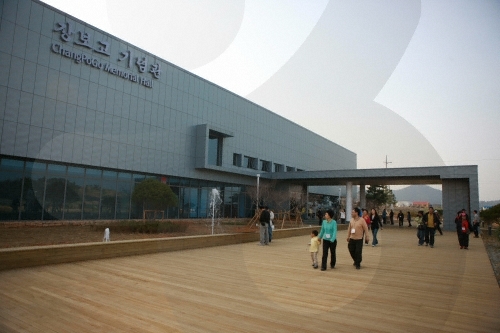
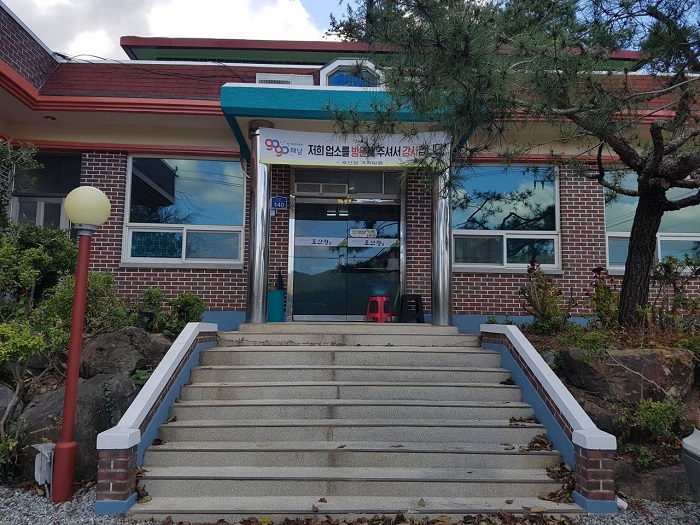
 English
English
 한국어
한국어 日本語
日本語 中文(简体)
中文(简体) Deutsch
Deutsch Français
Français Español
Español Русский
Русский